Subway Predictions
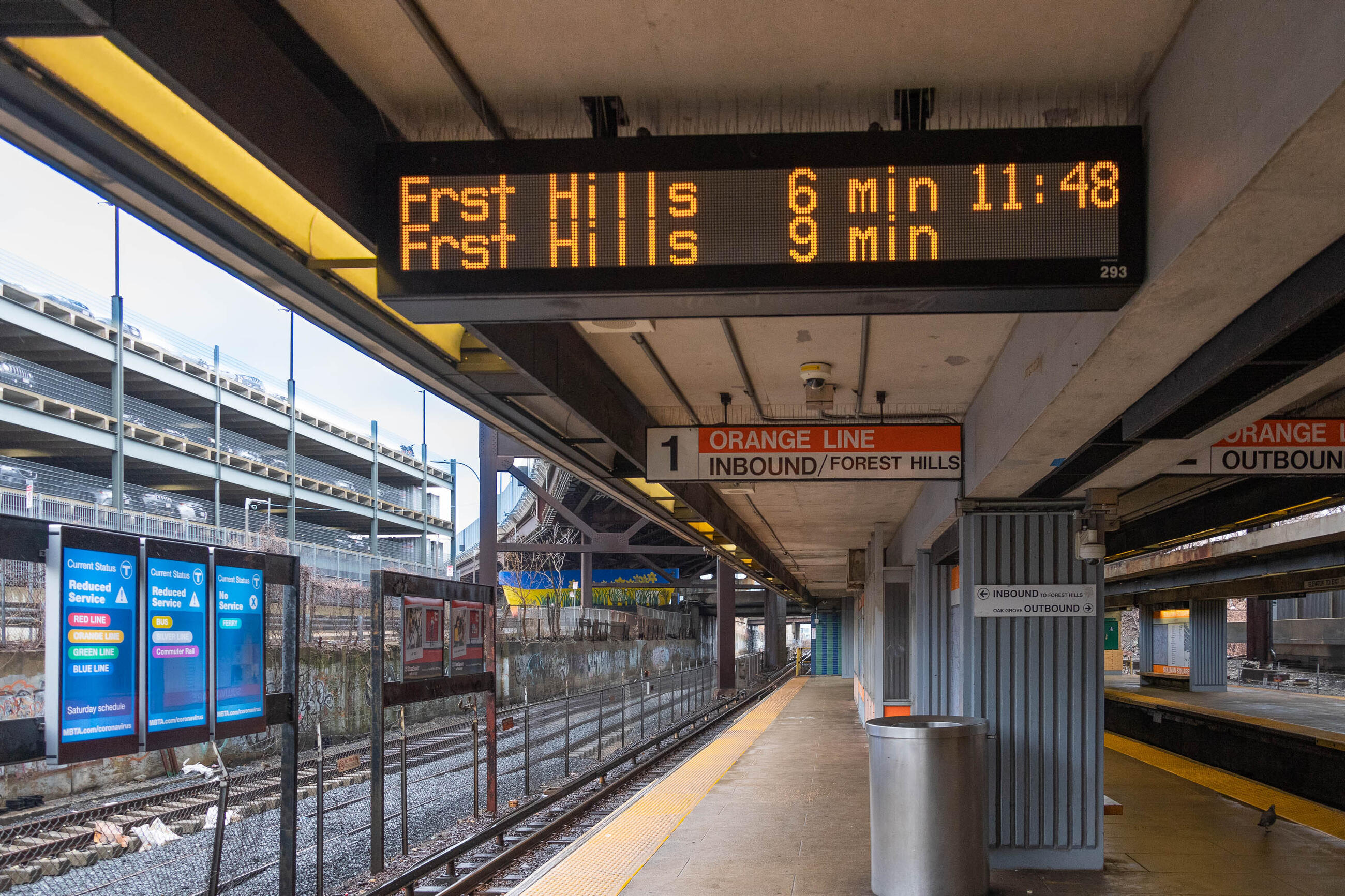
When the MBTA subway system first opened in 1897, it wasn’t designed to track each train’s location. But today, we’re able to detect each train’s location on our tracks, and we use that information to make predictions about a train's speed and arrival time.
The Customer Technology Department (CTD) works together with operations staff to share predictions with customers via our in-station countdown clocks.
How Subway Predictions Are Made
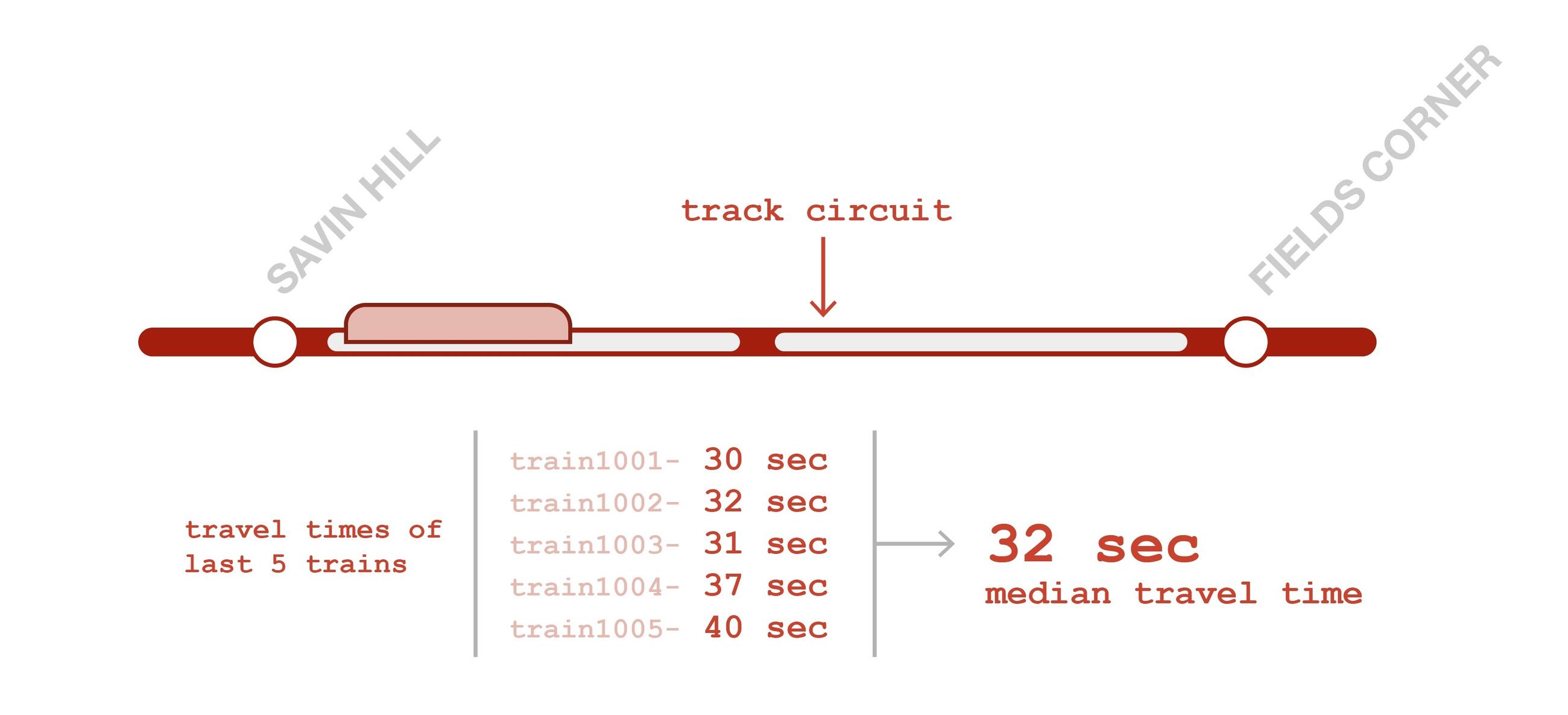
Subway departures and arrivals are coordinated by several departments and pieces of technology, including:
- Track circuits. On the Blue, Orange, and Red lines, as well as areas where the Green Line is underground, these circuits detect when trains travel through certain locations.
- Subway dispatchers. Dispatchers adjust headways (the spacing between trains) as needed. For example, when a train is held at Park Street with a stuck door, dispatchers communicate with the train operators to adjust the trains behind it.
- Operations Control System (OCS). The OCS team gets information from the track circuits and dispatchers, which they use to determine a train's destination and estimated departure.
Making Predictions for the In-Station Countdown Clocks
Using information from the track circuits and OCS team, we can predict when a train might arrive at a certain station based on:
- How long it took the last five trains to travel between circuits
- The longest and shortest travel times between circuits
- The median travel time between circuits
Managing the Time Between Trains
Subway schedules are determined by headways—that is, the time and space between each train.
Headway management has a domino effect across the system. For example, if a train is pulled out of service, subway dispatchers need to adjust the space between the other trains in service.
When headways change, we also adjust our predictions.
Maintaining Accurate Predictions
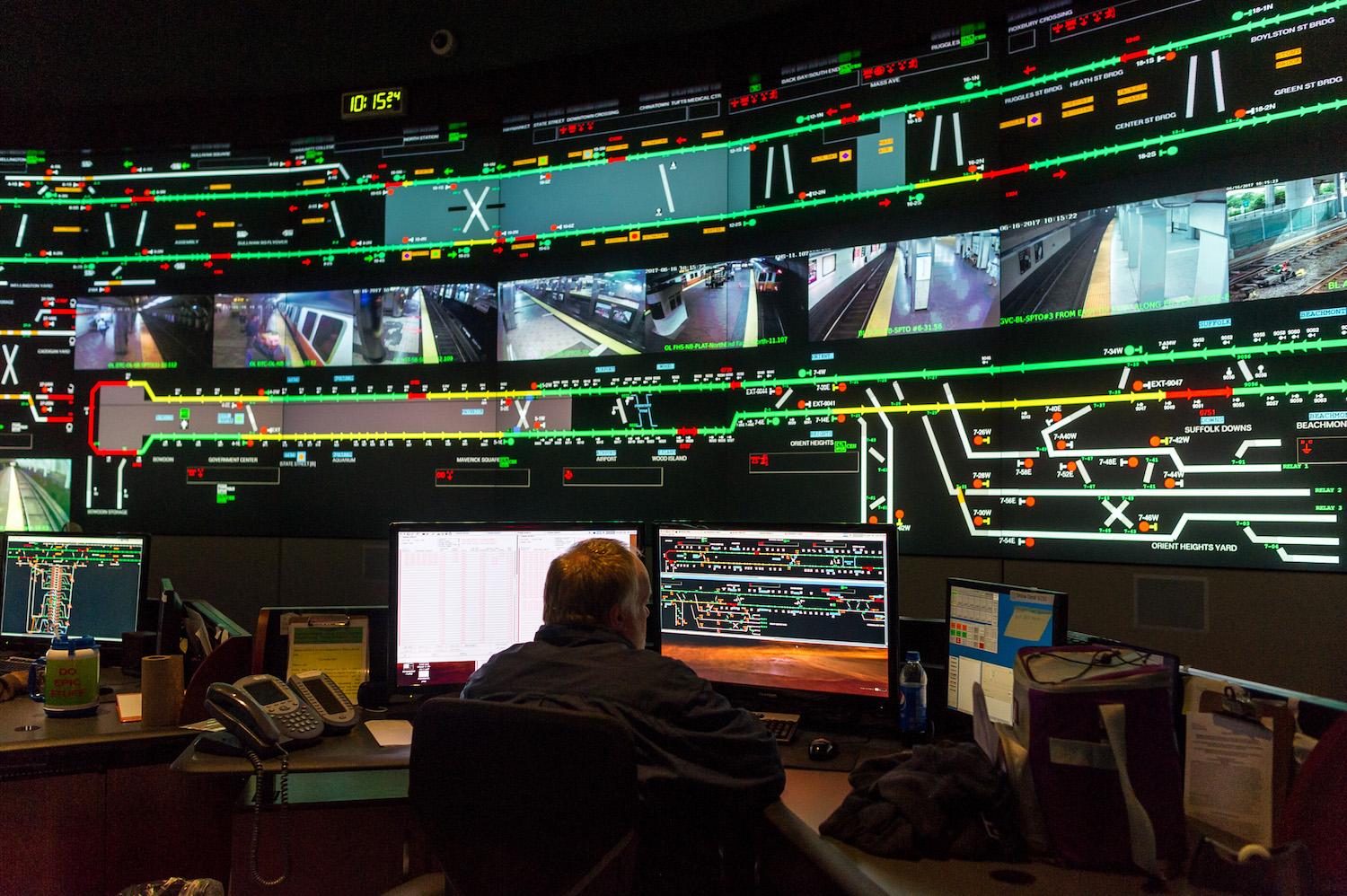
When Trains Are Stopped
When a train has to stop and wait—to fix a stuck door or to maintain safe headways—the track circuits will detect that it stopped for longer than the previous trains did.
With that information, we can tell customers that a train is stopped, but we can’t automatically predict when it will move again or when it will arrive at the next station.
When this happens, countdown clocks display how many stops away your train is (instead of the estimated time until its arrival). Our control center then uses the in-station PA and signs to announce what's happening and when we might expect the train to move.
When Departures Are Delayed
To make a prediction, we need to know when a train departs the terminal. There are a few things that can complicate this:
- Sometimes, dispatchers take trains out of service instead of sending them out for another trip.
- At some terminals, trains can be put into service on more than one route, for example, where the Green Line branches at North Station.
Once a train departs a terminal, we can make a prediction for that line. Until then, countdown signs show the average time between trains to help riders plan.
When trains don’t depart on time, upcoming departures are adjusted to keep trains spaced evenly. However, this usually happens pretty close to the planned departure—too quickly to adjust our predictions about those departures.
Improving Predictions
Real-Time Operations
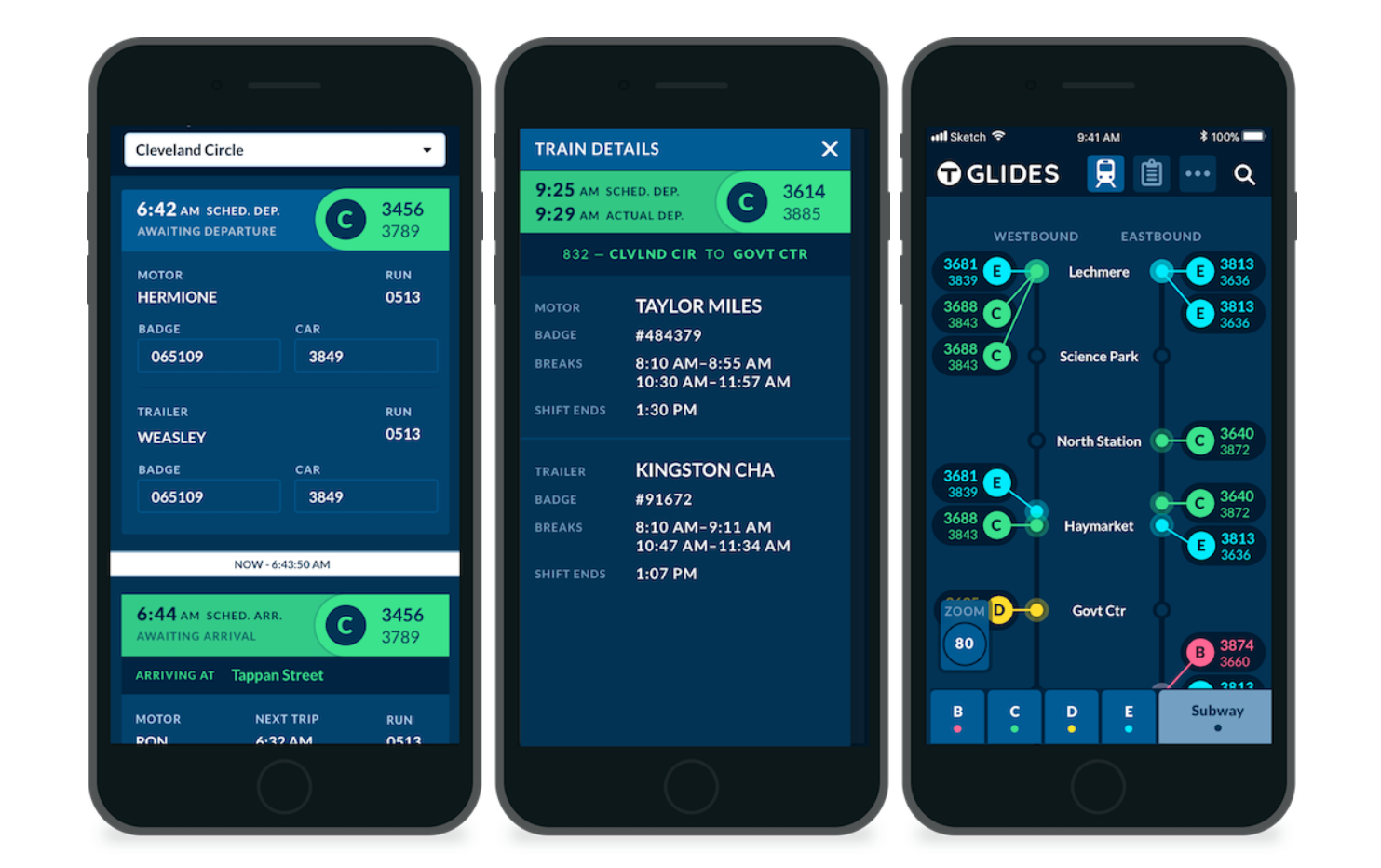
Our pilot Green Line operations app, Glides, allows Green Line field officials to see where trains are, where they’re going, and who is operating them—in real time.
We’re investigating how to use the information in Glides and OCS dispatching tools as a larger part of our prediction algorithm—for example, determining when trains will depart and improving predictions for Green Line riders.
Departure Messaging
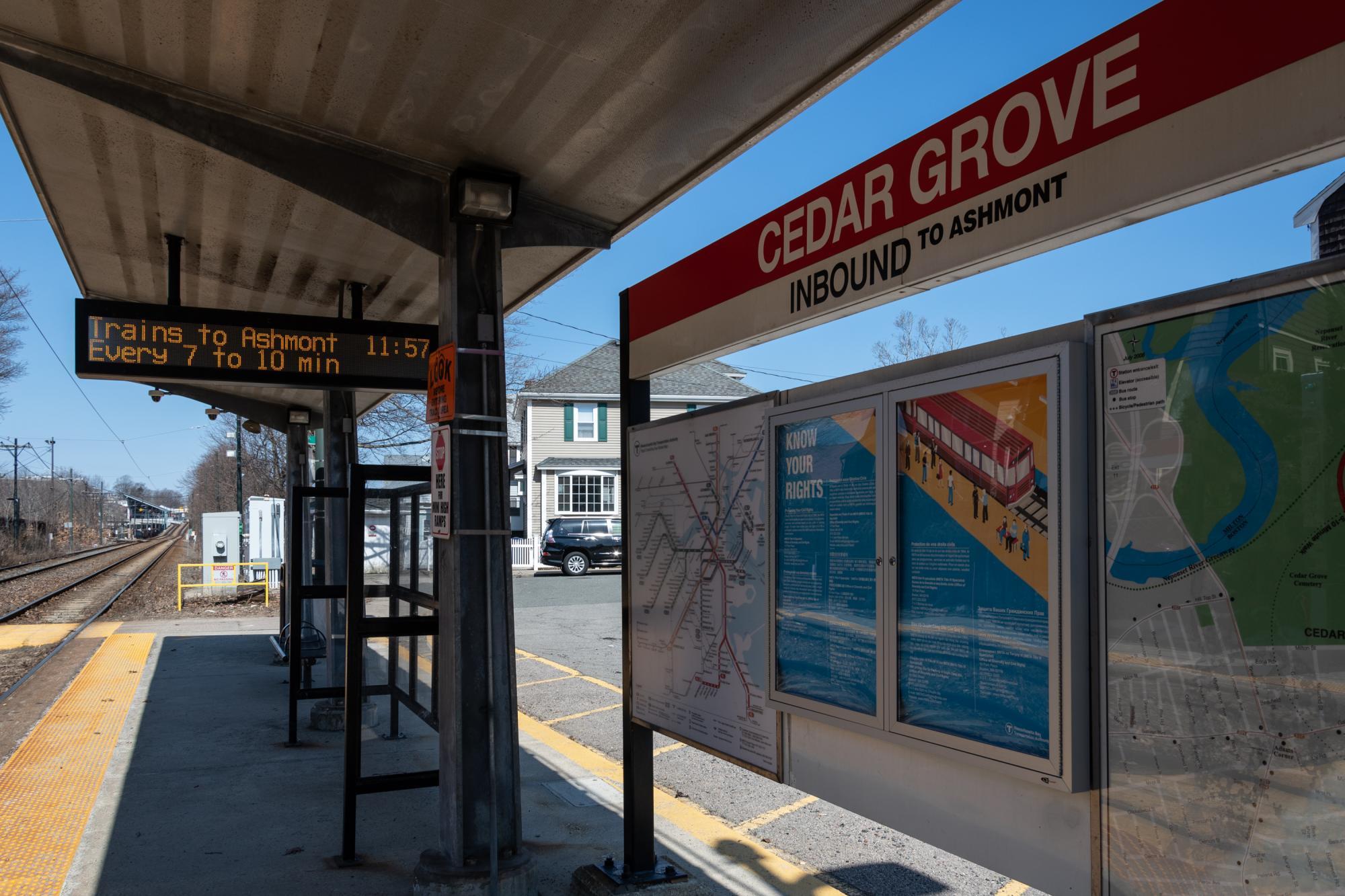
We’re always improving the ways we give riders helpful information—even when we can’t provide predictions.
For example, in 2018, we started using the in-station countdown clocks to tell riders when trains were stopped. Before 2018, the clocks would either show inaccurate information or no information at all. Today, we’re able to tell people when a train is stopped and how far away it is.
In 2021, we asked riders for their opinions on our countdown clock messaging. We’re now reviewing survey responses and evaluating possible updates.


